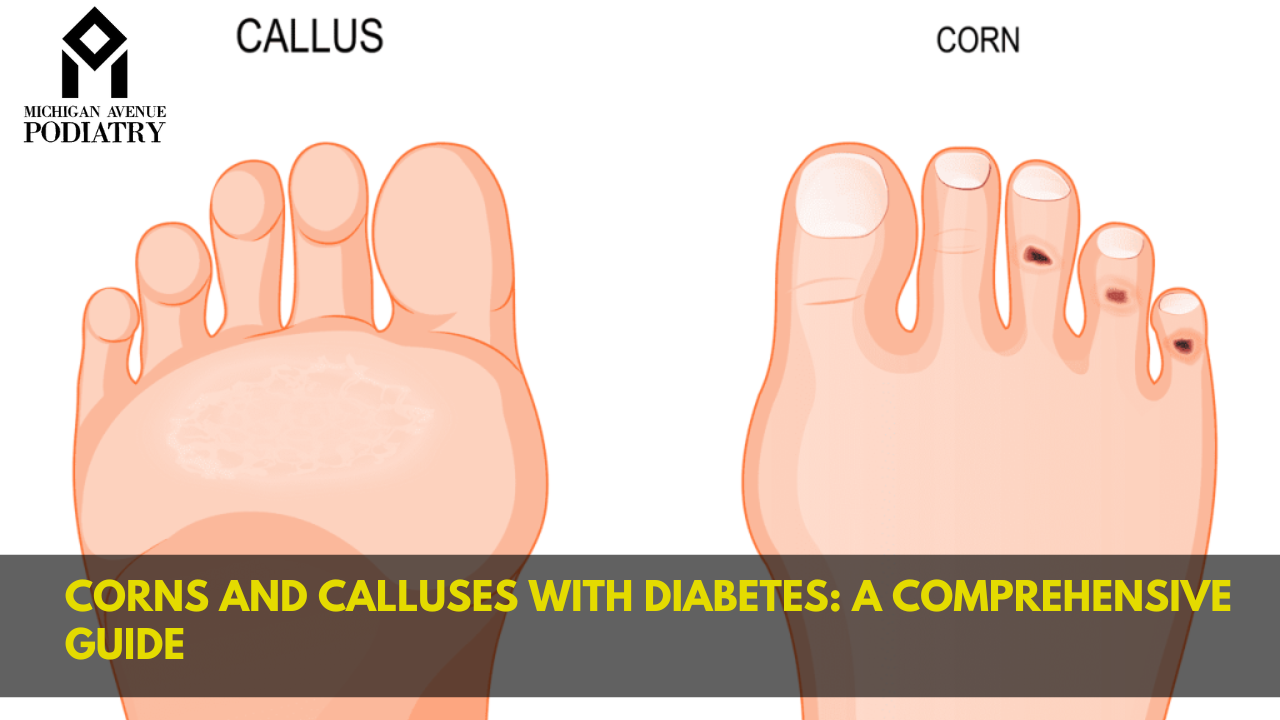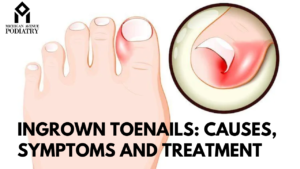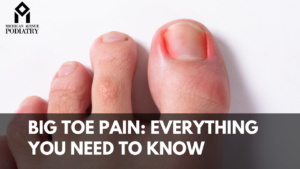Corns and calluses are common foot conditions characterized by thickened areas of skin that develop in response to friction or pressure. For individuals with diabetes, these issues can pose significant risks and require careful management to prevent complications.
Understanding Corns and Calluses With Diabetes
Corns and calluses are areas of hardened, thickened skin that typically develop on the feet in response to repeated friction or pressure. Corns often form on the tops and sides of the toes or between toes, while calluses tend to develop on the soles of the feet.
Risks Associated with Diabetes
Increased Risk for Corns and Calluses
Individuals with diabetes are at an increased risk of developing corns and calluses due to several factors. Peripheral neuropathy, a common complication of diabetes, can result in decreased sensation in the feet, making it more difficult to detect pressure points and areas of friction that lead to corns and calluses.
Complications and Wound Healing
Diabetes can also impair circulation, slowing down the body’s ability to heal wounds and increasing the risk of infection. Corns and calluses that go untreated can develop into ulcers, which may become infected and lead to serious complications, including foot amputation in severe cases.
Prevention Strategies
Foot Care Tips
Proper foot care is essential for individuals with diabetes to prevent the development of corns and calluses. This includes washing the feet daily with mild soap and lukewarm water, thoroughly drying them, and applying a moisturizer to keep the skin soft and hydrated.
Proper Footwear
Wearing well-fitting shoes that provide adequate support and cushioning can help reduce friction and pressure on the feet, lowering the risk of corns and calluses. Avoid shoes with narrow toe boxes or high heels, as they can exacerbate foot problems.
ALSO READ
Regular Foot Exams
Regular foot exams are crucial for individuals with diabetes to detect any signs of corns, calluses, or other foot issues early on. Check the feet daily for redness, swelling, cuts, or blisters, and consult a healthcare professional if any abnormalities are noticed.
Treatment Options
Professional Care
For severe or persistent corns and calluses, seeking professional care from a podiatrist or foot specialist may be necessary. They can safely remove the thickened skin using specialized tools and provide recommendations for preventing recurrence.
Home Remedies
Mild corns and calluses can often be treated at home using gentle exfoliation techniques, such as soaking the feet in warm water and using a pumice stone to gently remove dead skin. Moisturizing the feet regularly can also help soften hardened areas.
Managing Corns and Calluses
Importance of Regular Care
Consistent, proactive care is essential for managing corns and calluses in individuals with diabetes. Daily foot inspections, proper hygiene, and attention to footwear can help prevent complications and maintain overall foot health.
Conclusion
Corns and calluses are common foot issues that can pose serious risks for individuals with diabetes. By understanding the causes, risks, and preventive strategies, individuals can take proactive steps to maintain foot health and reduce the likelihood of complications.




